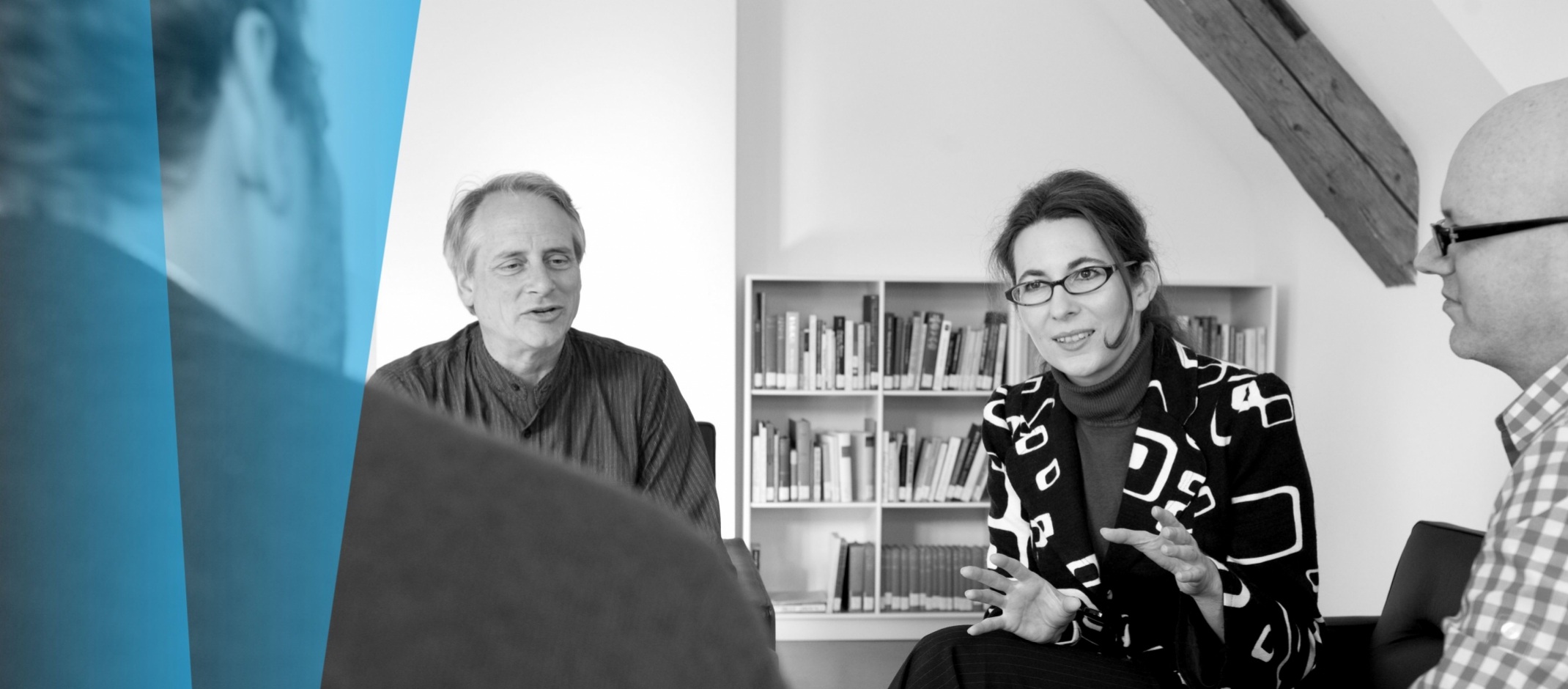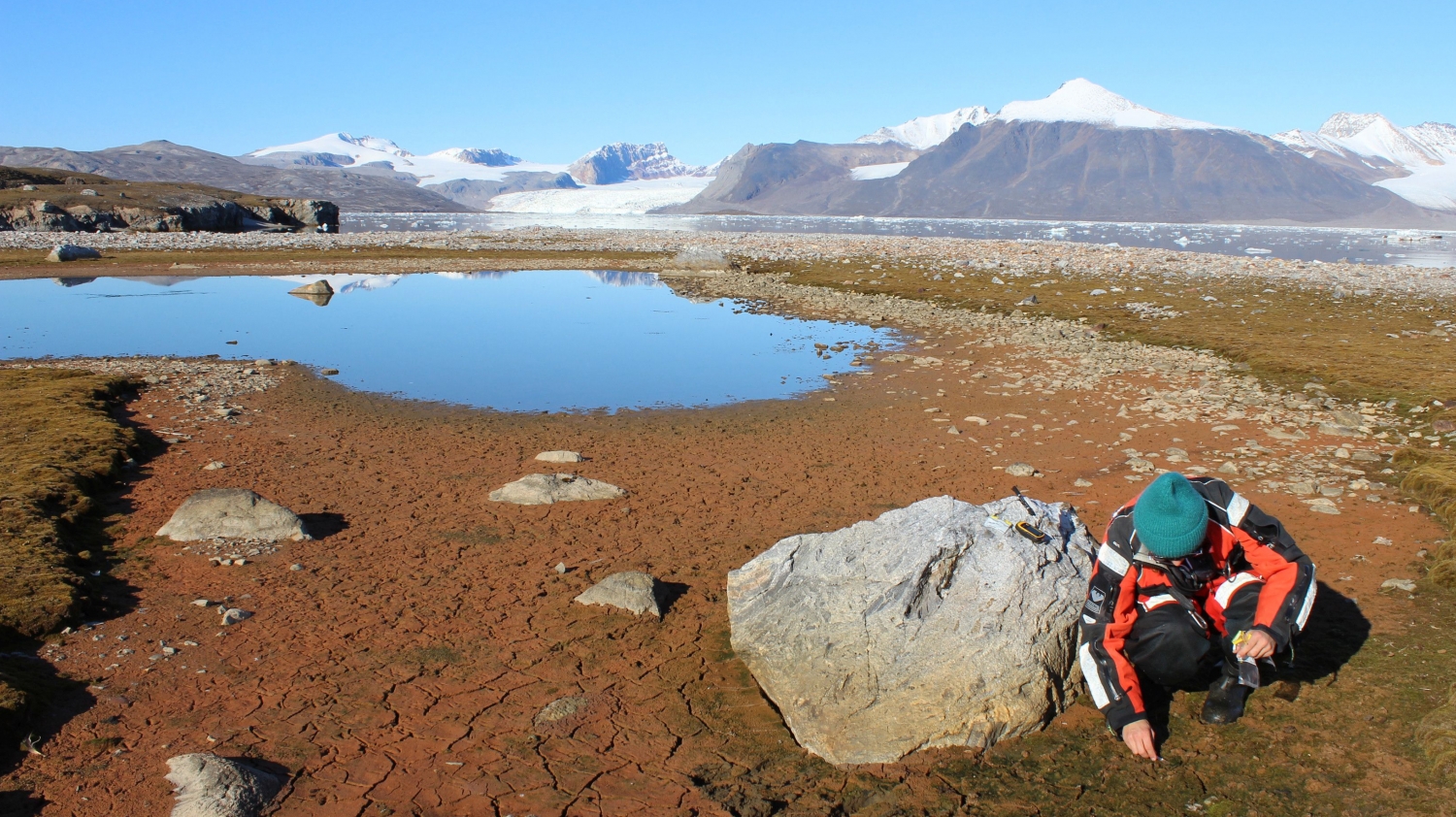A behind-the-scenes look at research

Science journalism often focuses on trailblazing findings and brilliant research results. Such moments represent highlights in the lives of researchers at the end of either a (hopefully) successful project or a phase of their research career. However, these snapshots leave out the nitty-gritty details of everyday work. And it is precisely the consistent persistence of researchers in their work that ultimately leads to the impressive results that later appear in media reports. But what does everyday research work look like? How do certain scientific methods work? What difficulties do researchers face in their projects? Now, the University of Konstanz provides such behind-the-scenes insights in a new series of articles and multimedia reporting.
Depending on the discipline involved, everyday research may include conducting experiments, taking meticulous measurements, collecting survey data, consulting subject-specific literature, studying works of art, discussing topics with expert colleagues and, above all, thinking about results and how to interpret and understand them in the context of the respective field. Is this dull? Not at all!
Eva Riehle discovered that, as a microbiologist on a research trip to the Arctic, you not only have to be able to take measurements and analyze the corresponding data using a computer, but also need shooting skills. On a different research trip to a remote research station in the Antarctic, she also learned that her everyday experiences not only involved fascinating animal observations but also hard work under adverse weather conditions:
© Svenja HeeschCollection of cyanobacteria samples, Kongsfjorden, Svalbard.
"We are responsible for each other. All day, you have to be focused and alert. You can't just take a break, rest on a rock and eat a sandwich. By evening, you are utterly exhausted."
Eva Riehle
Along with his team, Wolfgang Seibel, a politics and public administration researcher, wanted to investigate rare cases of serious failure in public administration, like, for example, the Love Parade disaster in Duisburg, which resulted in 21 deaths, and the collapse of the West Gate Bridge in Melbourne. The risky part of the project was arranging how and under what circumstances the data collection would take place. "You simply can't expect those responsible for these catastrophic mistakes to welcome your investigation with open arms", Wolfgang Seibel explains. Yet, how can such data collection succeed, even when there is resistance?
Physicist Alfred Leitenstorfer, too, faced strong headwinds when he developed a new experimental approach that did not fit the standard textbooks of the time: a real scientific breakthrough that his colleagues in Germany and abroad remained sceptical of for a long time. How do you go about winning over sceptics in your own field? The Science Backstage series discusses such topics and more.
How do researchers develop ideas for new projects? How do certain scientific methods work? What difficulties do researchers face in their projects? And how do they respond to unexpected developments? Science Backstage is now available in the online magazine of the University of Konstanz. New posts appear regularly.
In the next few weeks, you can find out: What challenges does a lion researcher face in Africa, what doors does receiving the prestigious Leibniz Prize open for a literature scholar, and how did a political scientist arrive at an expected explanation for why regions like South Tyrol and Catalonia respond so differently to migration.

